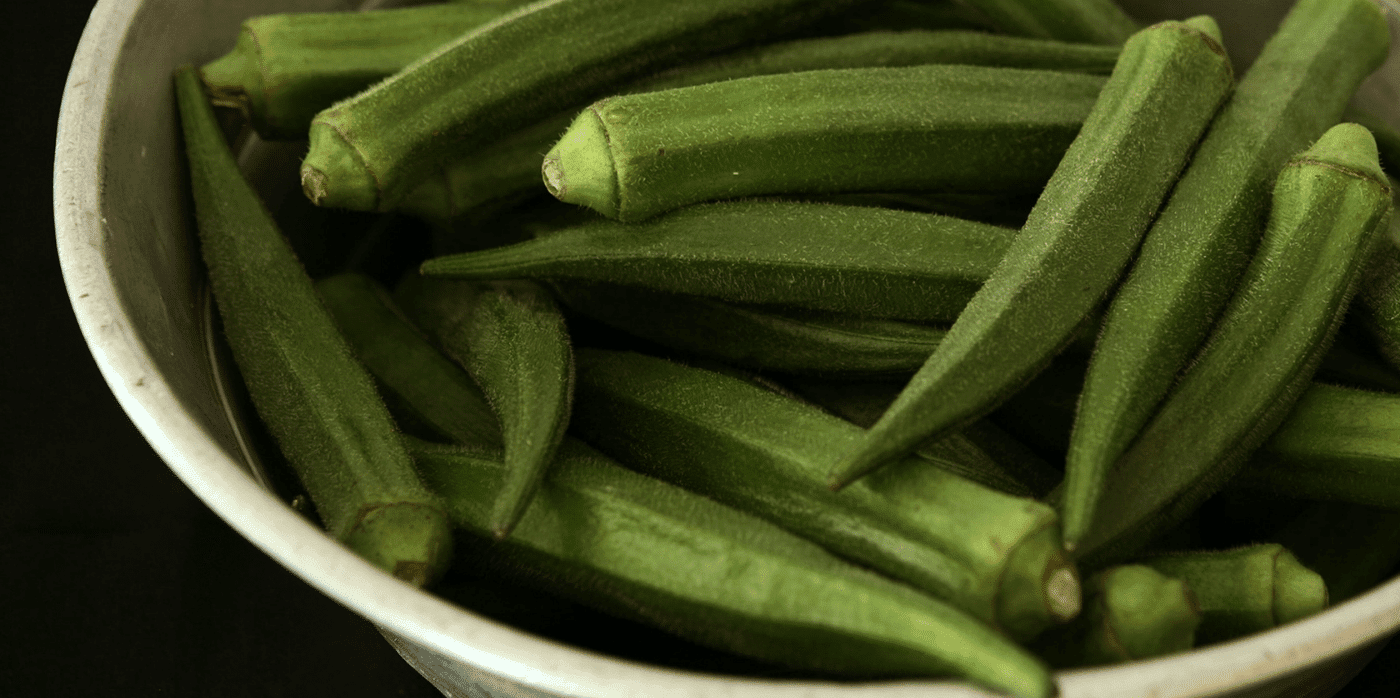Spotted: If you have ever eaten a gumbo, you may be aware that one of the main ingredients—okra—is an excellent thickener. Researchers have recently discovered that the same extracts that make cooked okra gloopy can be used to remove microplastics from wastewater. Microplastics are, as the name suggests, pieces of plastic 5 millimetres or smaller. Studies suggest that these are now so prevalent they have been found on every continent and inside the human body – even inside the placenta of unborn babies.
Microplastics are typically removed from wastewater in a two-step process – by first skimming off any floating pieces, and then removing the rest using flocculants, ‘sticky’ chemicals that attract the microplastics and form large clumps that then sink to the bottom of the water. However, some common flocculants are themselves potentially harmful. For example, polyacrylamide, can break down into toxic chemicals. Instead, the researchers turned to non-toxic alternatives.
The team tested polysaccharide extracts from several foods, including fenugreek, cactus, aloe vera, okra, tamarind, and psyllium. They found that polysaccharides from okra combined with those from fenugreek worked best at clumping microplastics in ocean water, while combining polysaccharides from okra and tamarind worked best with freshwater. Overall, these plant-based polysaccharides worked either as well as or better than better than traditional flocculant polyacrylamide.
According to lead researcher Dr. Rajani Srinivasan, of Tarleton State University, in Texas, the plant-based flocculants can be used in existing water treatment processes. “The whole treatment method with the nontoxic materials uses the same infrastructure,” says Srinivasan. “We don’t have to build something new to incorporate these materials for water treatment purposes.”
Plastic, it turns out, is everywhere – in water, food – even our bodies. As awareness grows about the ubiquity of microplastics, researchers and environmentalists are working to find new ways to remove these pollutants. Some recent innovations include using mussels as natural filtration devices and replacing plastic seed coatings with a natural, biodegradable film.
Written By: Lisa Magloff
8th April 2022
Website: tarleton.edu
Contact: tarleton.edu/contact

